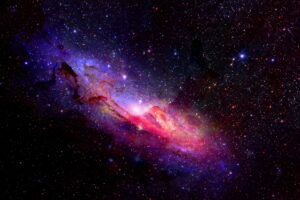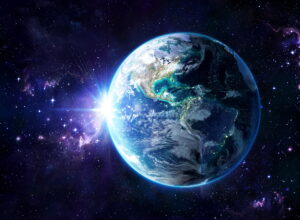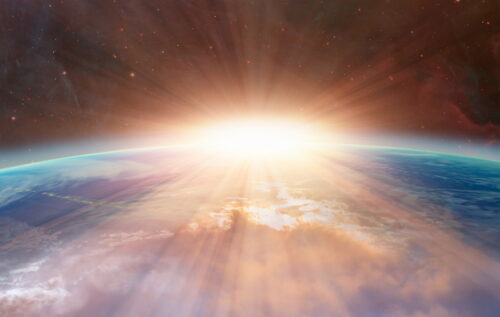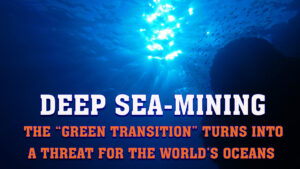
We sometimes see and recognize even less the closer we are to something. Magicians and illusionists, for example, make use of this to amaze the audience with their tricks. But maybe this also applies to our view of Nature and the Earth. We rely on the solidity of the ground beneath our feet. We firmly count on the Sun rising every day. We accept the insights of our research as fact and law. Unlike our ancestors, we understand that the Earth is globe-shaped and embedded in a huge solar system. This, in turn, belongs to a galaxy, the Milky Way, which is part of an even larger system, and so on.
At the same time, the Earth is groaning under the weight of the effects of human activity. We plunder and pollute Nature as if there were no tomorrow. We wage wars that, in many ways, do more damage to the Earth than any so-called natural disaster. We are acting as if we had a new Pop-up Earth in the drawer.
The few people who have had the opportunity for a radical change of perspective – the astronauts who have seen our Earth from the distance of space and experienced what is known as the overview effect – have realized that this is not the case. “It’s so unbelievably beautiful that you’d actually need new words to describe it. You’re overwhelmed,” enthused Leland Devon Melvin, former American football pro and US astronaut, who flew to the International Space Station (ISS) on the space shuttle Atlantis in November 2009.
 Anyone who sees the Earth “from above” recognizes the artificiality of our man-made borders. After all, where does a sphere begin? Where is the end of the ocean? Where do weather phenomena such as rain or storms begin and where do sunbeams end? “From space, I saw Earth not as a collection of nations, but as a single entity with one destiny,” said ISS astronaut Ron Garan. Space Shuttle astronaut Mae Jemison had a similar feeling: “When you look at the Earth from space, you realize that our planet is a beautiful, interconnected system. We are all in this together.”
Anyone who sees the Earth “from above” recognizes the artificiality of our man-made borders. After all, where does a sphere begin? Where is the end of the ocean? Where do weather phenomena such as rain or storms begin and where do sunbeams end? “From space, I saw Earth not as a collection of nations, but as a single entity with one destiny,” said ISS astronaut Ron Garan. Space Shuttle astronaut Mae Jemison had a similar feeling: “When you look at the Earth from space, you realize that our planet is a beautiful, interconnected system. We are all in this together.”
But the astronauts not only developed a deep sense of connection with all life on Earth, they also realized the fragility and preciousness of our planet and that we have a responsibility to take care of our home in the cosmos. “From space, you see the beauty and fragility of our planet. It’s a reminder that we all share this common home and that we need to take care of it,” said ISS astronaut Karen Nyberg, describing this realization. None of the people who were able to see our Earth with new eyes felt that it had become obsolete and that we should start looking for a new home planet, Mars for example. Rather, they were all convinced that we can find solutions to today’s problems together: “From space, you realize how small and interconnected we all are. It’s a perspective that can inspire us to be better stewards of our planet and work towards a brighter future,” said ISS astronaut Scott Kelly.
 So, on this year’s Earth Day, let’s try to see our world with completely new eyes, because as Bette Middler sang back in the day:
So, on this year’s Earth Day, let’s try to see our world with completely new eyes, because as Bette Middler sang back in the day:
“From a distance, the world looks blue and green… From a distance, there is harmony… From a distance, we are instruments. Marching in a common band. Playing songs of hope, playing songs of peace. They’re the songs of every man.”









